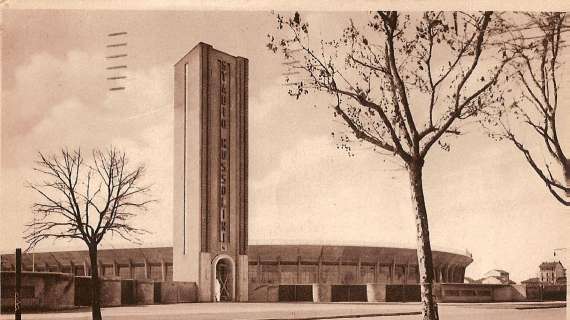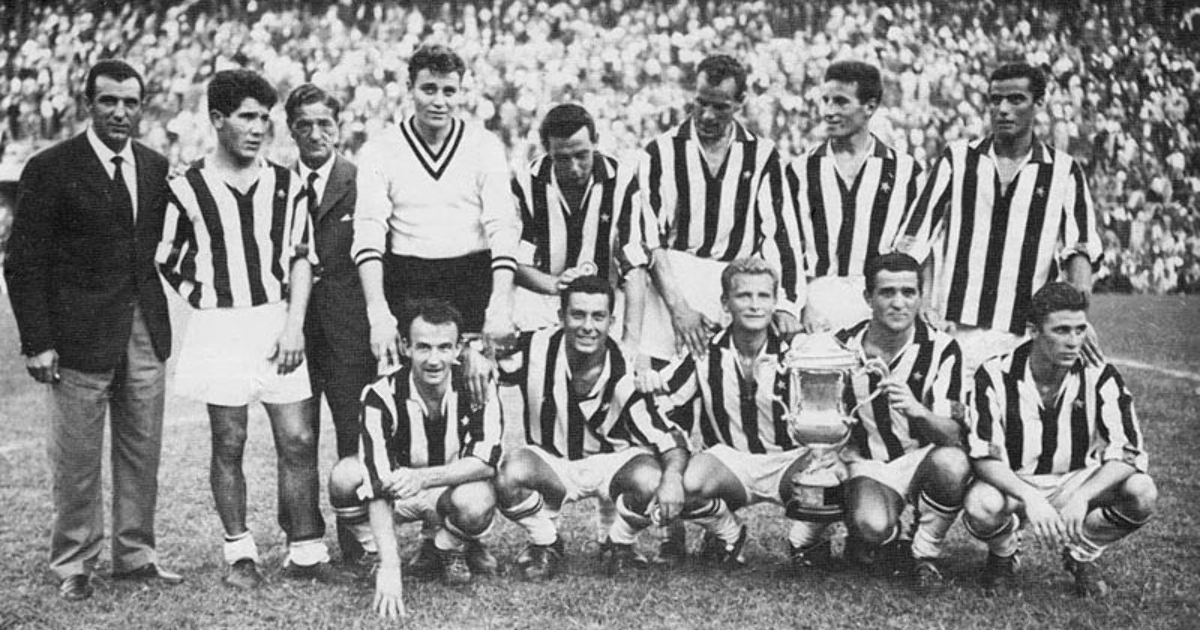
Born into a farming family in Carmignano di Brenta (PD) on March 22, 1929, Sergio Cervato’s talent was discovered at the age of eighteen by Renato Bottacini while playing for Bolzano. Following Bolzano’s relegation, Bottacini, recognizing Cervato’s potential and leveraging his connections with Sampdoria, facilitated a trial for the young player in Genoa. However, the trials were not impressive, and the club used a minor physical detail – the absence of a finger phalanx – as grounds to terminate the contract. He was then quickly directed to Fiorentina, a move that would prove to be his turning point.
Sergio Cervato held the record for the most appearances for Fiorentina for any player of his era, with 316 games over eleven loyal years. He was a celebrated member of their Scudetto-winning team. Fiorentina fans were not happy to see him leave, albeit without major protests. As he neared thirty, Cervato seemed like a seasoned veteran with a history of injuries, including a troublesome foot condition and a perceived susceptibility to muscle strains. His position in the national team, after 25 caps, was also no longer assured, with Gaudenzio Bernasconi of Sampdoria challenging for his spot.
Juventus officially acquired Cervato for fifty million lire. Around the same time, Bologna signed Campana for eighty million, and Roma secured Manfredini for the same amount, marking the beginning of Italy’s economic boom. A luxurious FIAT Millecento, recently unveiled at the Geneva Motor Show, cost just over a million lire.
Critics widely regarded Cervato as Italy’s finest full-back of European caliber since Ballarin and Maroso. For years, he played on the left, forming a formidable partnership with Magnini. Later, he transitioned to a central role, where some believed his style was even more suited. His forward momentum was his greatest asset; he was quick, intelligent, and possessed a clear vision of defensive play, blending elegance with decisiveness. He became renowned for seemingly desperate yet brilliantly intuitive clearances, earning applause typically reserved for goal-scorers. One memorable play was during a match against Brazil in Milan in 1956. With Italy leading 3-0, Brazilian midfielder Orlando was alone in the box, poised to score. Cervato emerged seemingly from nowhere, executing a spectacular sliding tackle to deny the goal, drawing a roar of appreciation from the crowd.
Cervato was also known for his goal-scoring ability, becoming the prototype of the scoring defender, famous for his powerful set-piece shots. He mastered penalty kicks after early misses and was especially lethal with free kicks. When a free kick opportunity arose near the box, he would approach with his characteristic gait, take a short run-up, and unleash shots that often left goalkeepers frozen as the ball found the top corner.
He announced his arrival at Juventus with such a goal in his debut – the Coppa Italia final in September. Juventus overwhelmed Inter 4-1, with Cervato scoring twice, including a free-kick goal alongside strikes from Charles and Sivori. Juventus in the 1959-60 season, coached by Renato Cesarini, was in transition. Giampiero Boniperti was uneasy playing as a right-winger and considered leaving. Cervato was brought in to strengthen a new defense built around talented youngsters Castano and Benito Sarti. Despite doubts about his age, Cervato played all thirty-four league games at a high level, scoring six goals, contributing significantly to their Scudetto victory. He also reclaimed his place in the national team, playing three more games.
In his second season with Juventus, Cervato remained a key player, featuring in twenty-eight games and winning both the Coppa Italia against his former team, Fiorentina, and another Scudetto, amidst fierce competition from Herrera’s Inter. By the time he left Juventus, he had achieved an extraordinary «en plein»: two Coppa Italia titles and two league championships in just two seasons.
He concluded his career at Spal, playing for another four years and continuing to score with his signature free kicks. Ironically, the last goal of his career was an own goal at the Stadio Olimpico against Roma, which featured a young De Sisti.
Cervato’s defensive style was described as tenacious, never losing focus and rarely smiling on the field. He was tough, reflecting an era when defenders prioritized clearing the ball effectively. While less skilled defenders might simply loft the ball away, Cervato, and others like him, aimed for precise trajectories. His free kicks were remarkably effective. He is considered one of history’s greatest full-backs, a reputation he solidified at Juventus, even when playing as a stopper.

